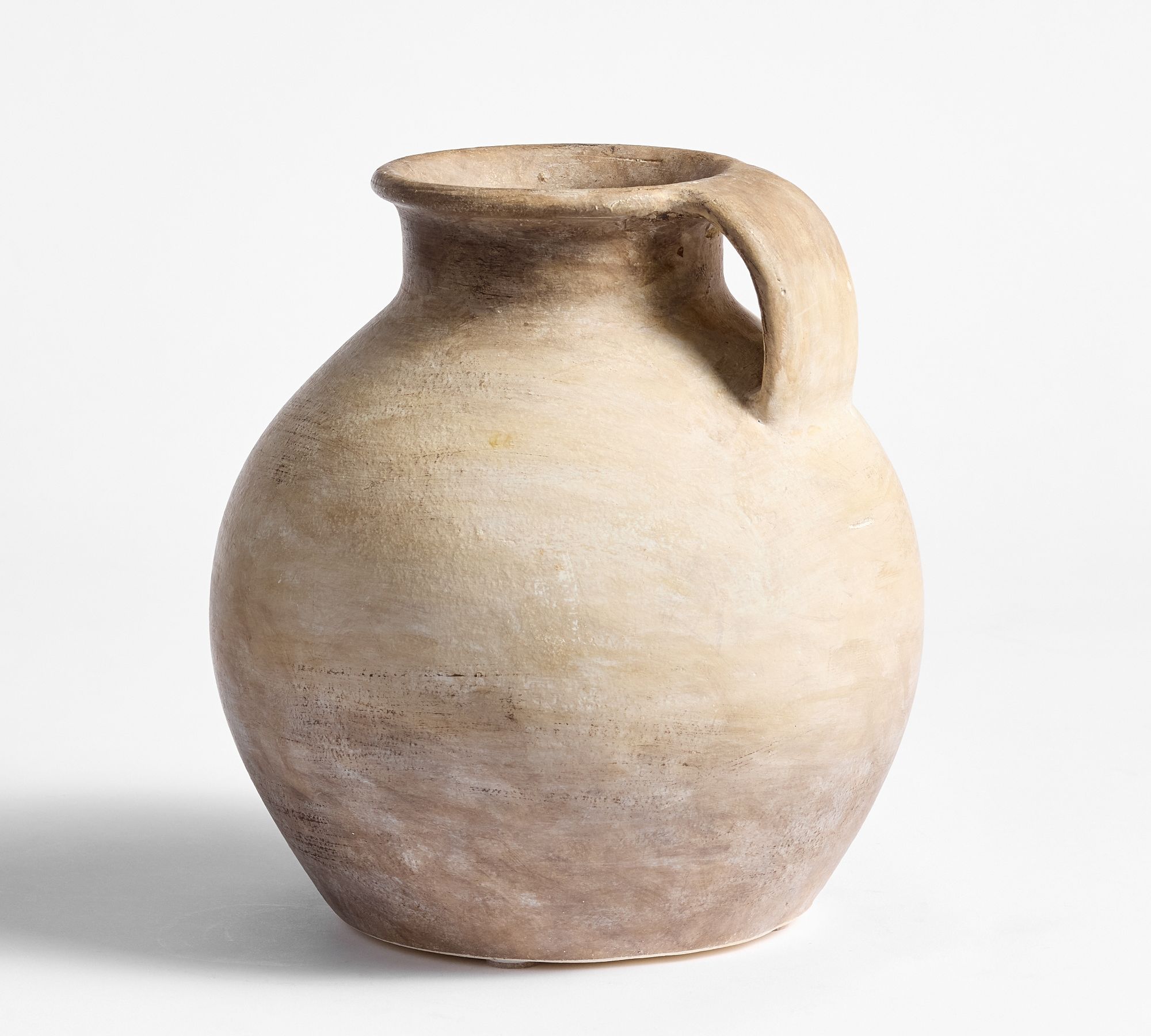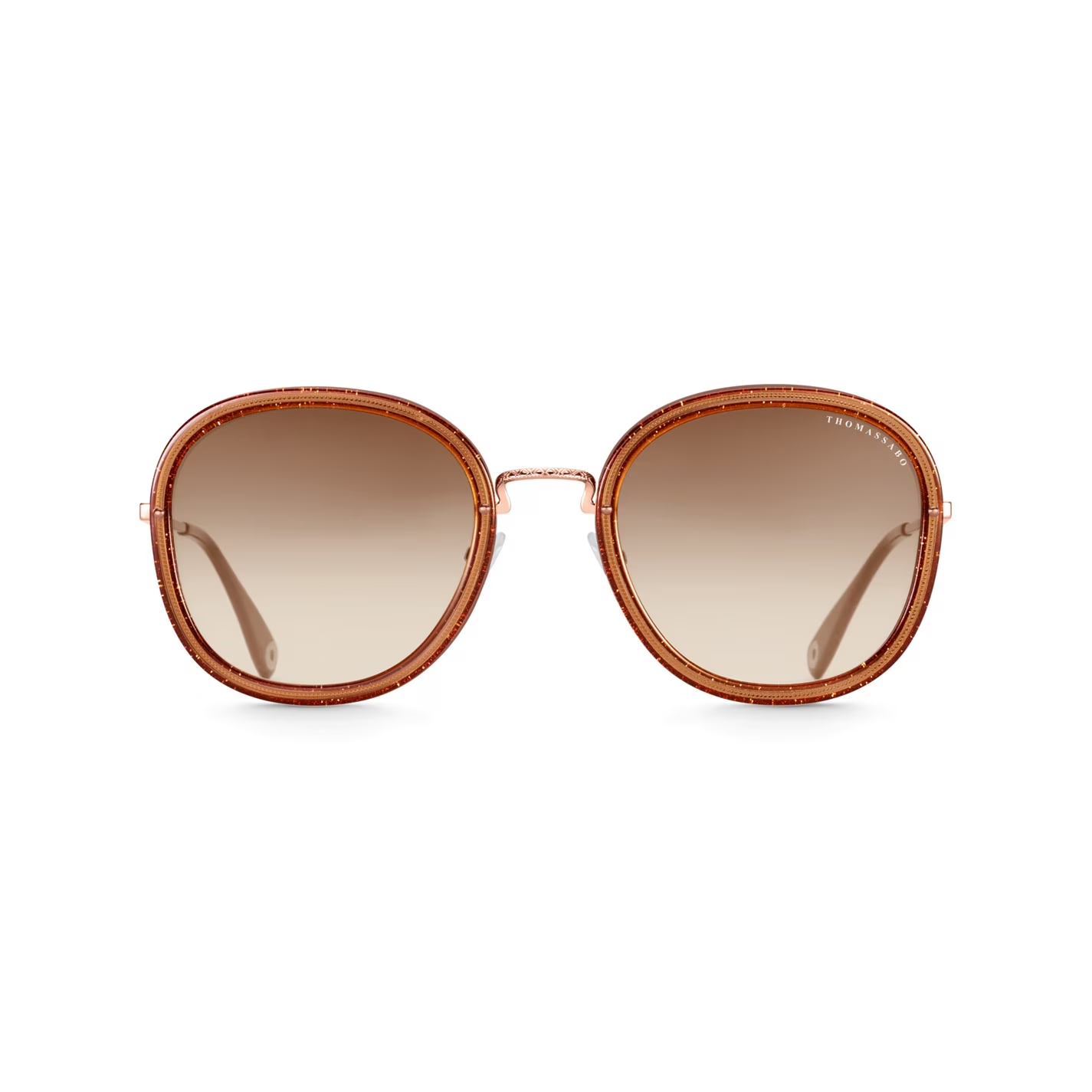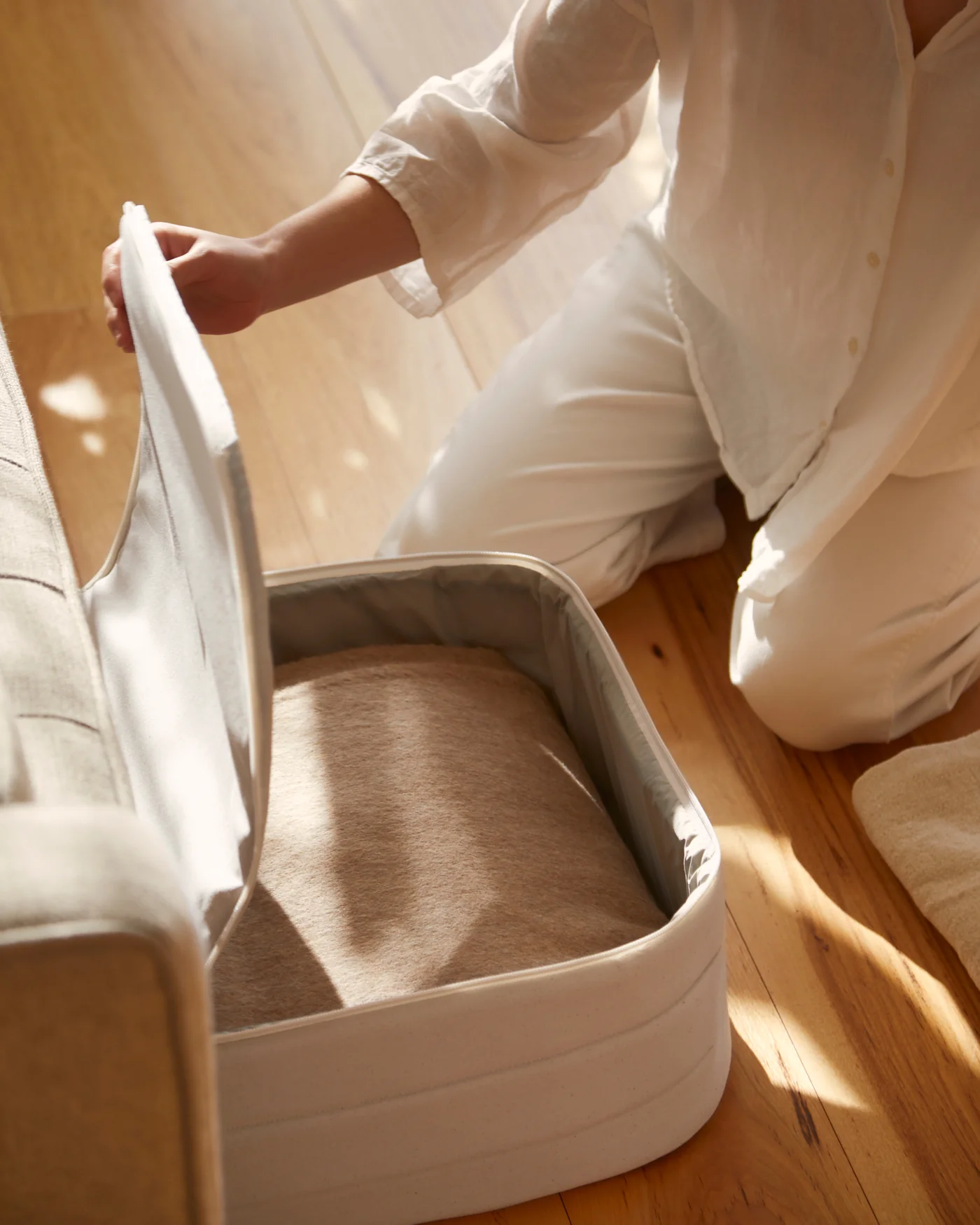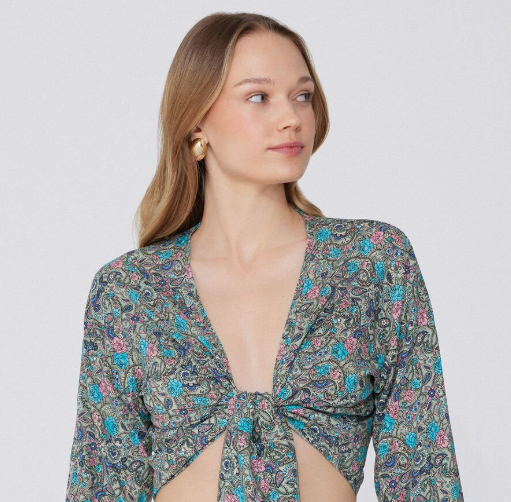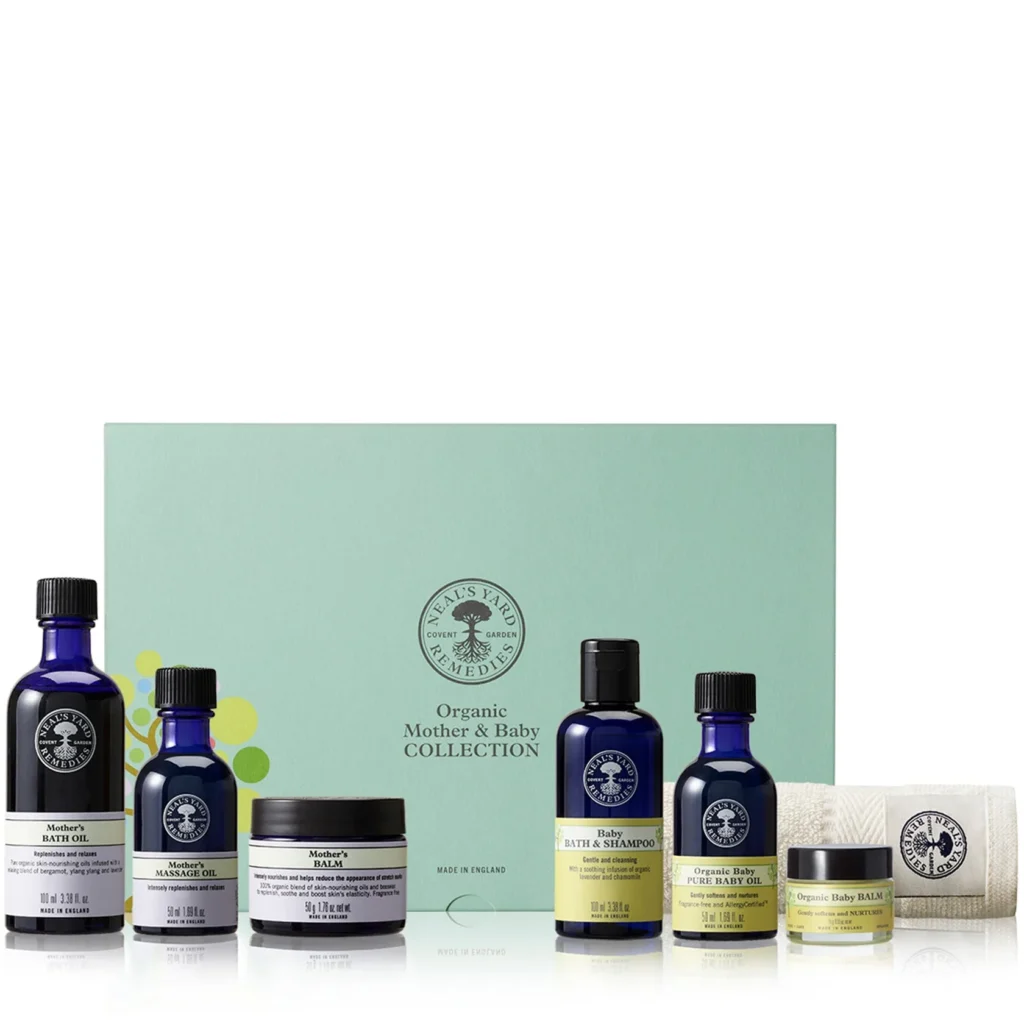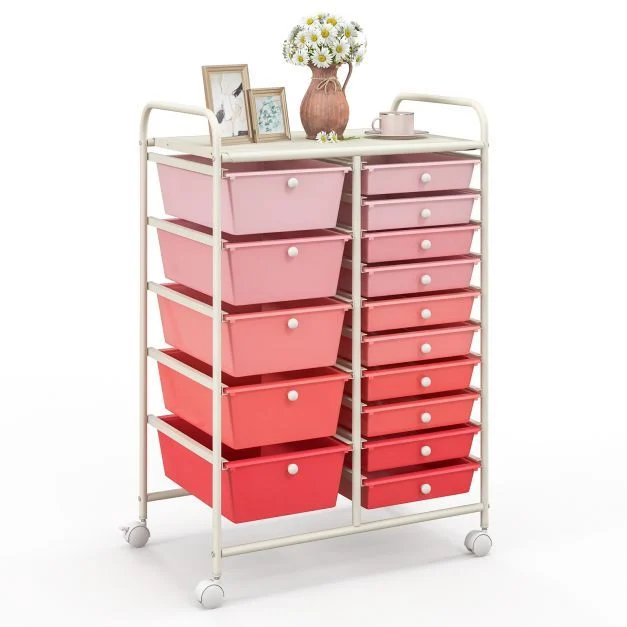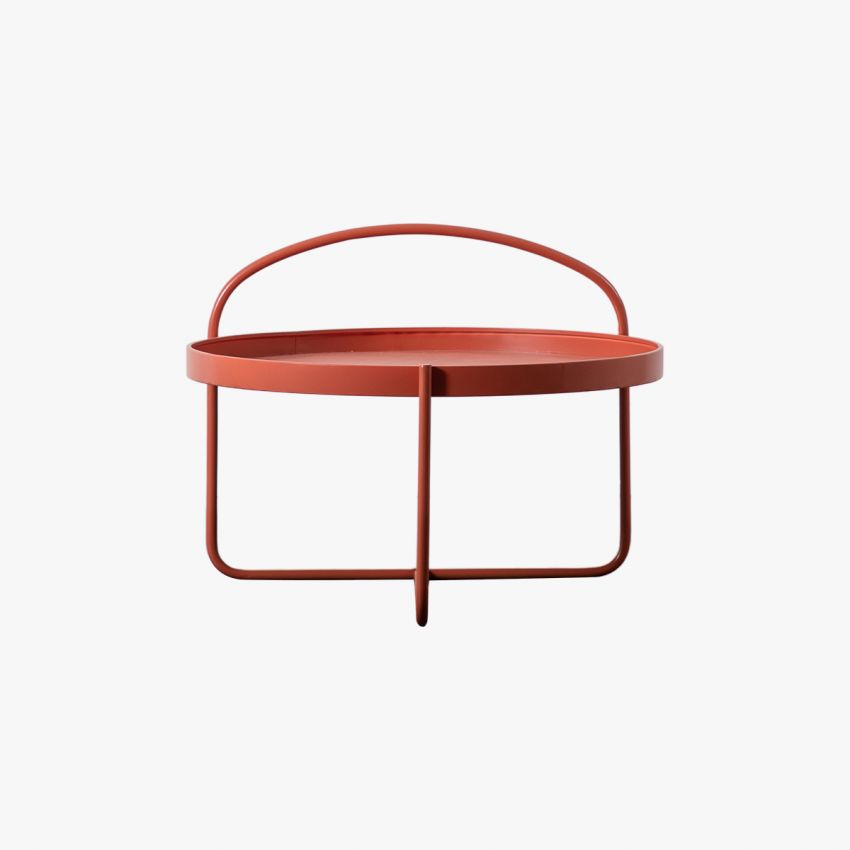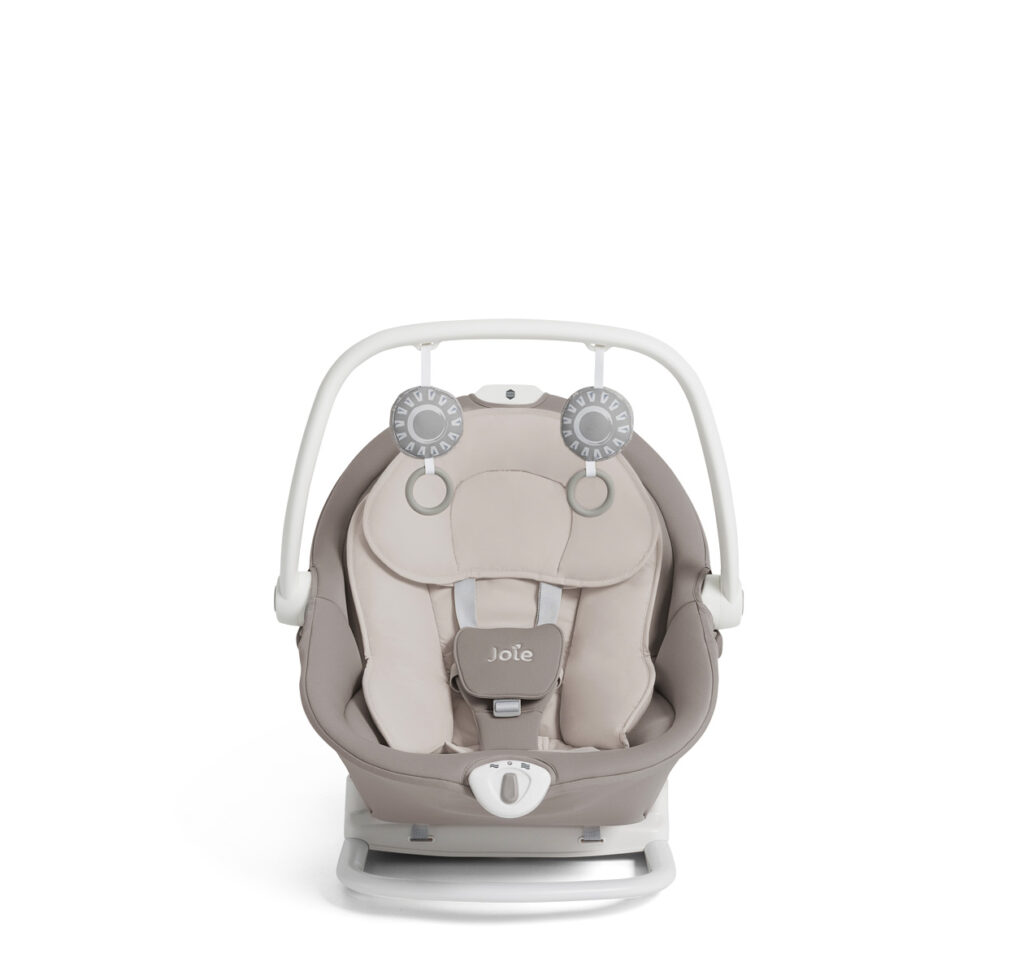Some décor pieces whisper luxury instead of shouting it. A weathered jug vase does exactly that—bringing patina, shape, and a sense of collected calm to any interior. The Pottery Barn Natural Weathered Jug Vase is the kind of anchor object decorators reach for when a room feels “almost there.” Its timeworn surface softens modern lines; its generous silhouette adds weight where a tabletop vignette needs grounding; and its neutral finish plays as effortlessly with black steel as it does with warm oak. In this guide, we’ll map how to place, proportion, and style your jug vase so it looks intentional every single day—no floral-design degree required.
Shop Pottery Barn Natural Weathered Jug Vase
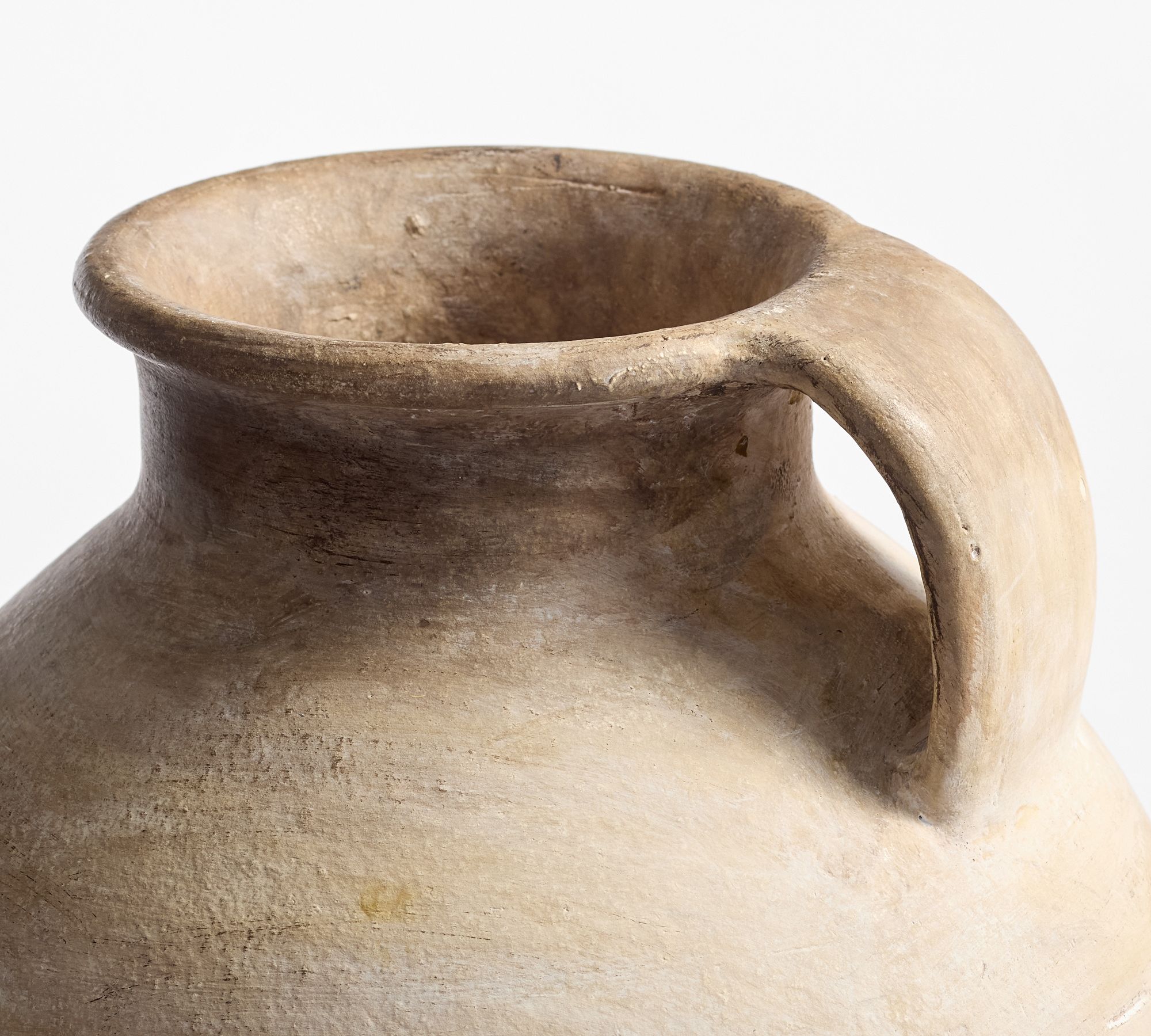
Why This Shape Works (and How to Use It Like a Pro)
Vessels tell stories through silhouette. The jug form—rounded belly, tapered neck, and often a subtle shoulder—reads “heritage” across styles: coastal, modern farmhouse, European rustic, Japandi minimalism. The Pottery Barn Natural Weathered Jug Vase leans gently rustic, with a surface that mimics years of handling and mineral wear. That patina is magic: it diffuses light, hides dust between cleanings, and gives even faux stems an elevated, collected look.
The design trick: treat the vase as sculpture first, container second. Place it where a rounded form will soften straight lines—on a rectangular console, square coffee table, linear mantel, or kitchen island.
Proportion & Scale: The 2/3 Rule You’ll Use Forever
Arrangements look expensive when the proportions make sense. Use this simple framework:
- Height: Aim for stems (branches or florals) that reach 1× to 1.5× the vase’s height. Taller than that begins to feel top-heavy; shorter can look stubby unless you’re going for a low, minimal composition.
- Width: Let the overall spread be roughly the same as the height or slightly less; wide-and-low reads casual, tall-and-narrow reads tailored.
- Table Relationship: On consoles and mantels, the total composition (vase + stems) should be about 2/3 the height of the wall space between the surface and any art/mirror above. On dining tables, keep the arrangement below sightline for seated guests or place it on a tray so it’s easy to move when serving.
If you’re unsure, start modest, then add height with one or two hero branches. Pull back if the stems compete with art or sconces.
What to Put in It: Branches, Blooms, and Botanicals (Real or Faux)
The jug’s neutral finish invites seasonal rotation. Mix and match from these reliable categories:
- Branches (architectural & long-lasting): Olive, eucalyptus, magnolia, quince, dogwood, birch, maple tinged with seasonal color. Branches add movement and scale without fuss.
- Dried/Preserved (low maintenance): Pampas, bunny tails, preserved ruscus, bleached fern. Choose one statement texture and keep the rest quiet.
- Fresh Blooms (high impact): Hydrangeas for volume, dahlias for drama, ranunculus for romance. Keep the palette to two tones max to honor the vase’s restraint.
- Greenery Only (editorial): All-green arrangements—bay, laurel, camellia leaves—look timeless and pull focus to the jug’s patina.
Pro tip: combine one structural stem (branch) with one filler (leafy green) and one flourish (seasonal bloom), keeping the color story tight. The Pottery Barn Natural Weathered Jug Vase thrives when the botanicals echo its earthy tones rather than fighting them.
Shop Pottery Barn Natural Weathered Jug Vase
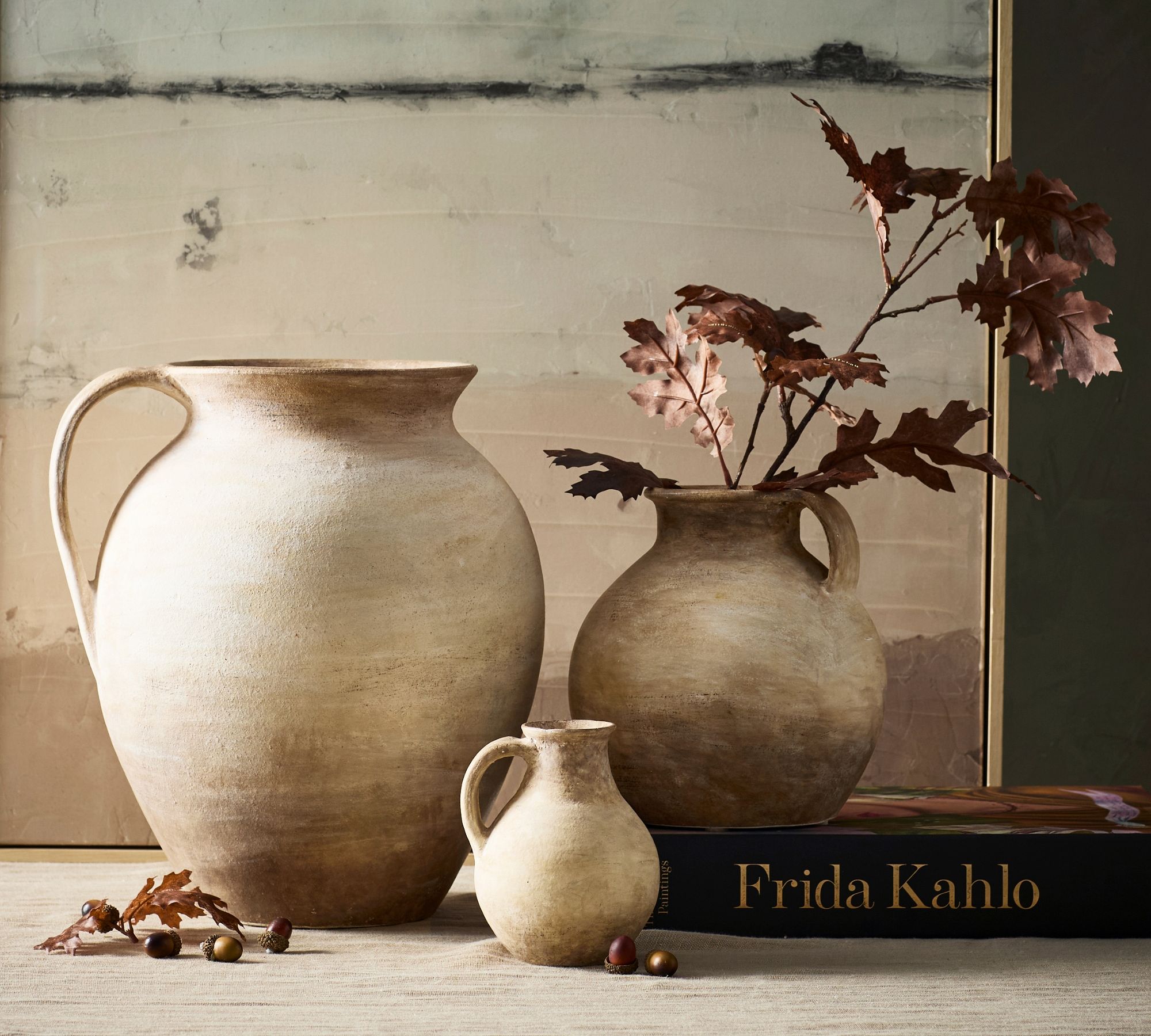
The 5-Minute Vignette Formula (Bullets + Guidance)
Use this micro-blueprint anywhere—from console to kitchen island:
- Anchor: Set the Pottery Barn Natural Weathered Jug Vase slightly off center on your surface.
- Lift: Add a stack of two books (spines in a neutral palette) opposite the jug.
- Texture: Layer a small stoneware bowl or candle atop the books to echo the jug’s matte finish.
- Vertical balance: Tuck a slender branch or two in the jug, letting them arc toward the negative space above the books.
- Breathing room: Leave a hand’s width of empty surface at the nearest edge.
- Camera test: Snap a quick photo from the doorway; adjust the jug forward or back an inch to perfect the silhouette.
Room-by-Room Playbook (Real Homes, Real Surfaces)
Entryway Console: The jug takes pride of place to the left or right third. Pair with a lidded box for keys and a small tray for mail. Add a round mirror above to echo the vessel’s curves; the geometry sings.
Living Room Mantel: Place the vase at one end, counterbalance with a low stack of books and a single photo frame at the other. Keep stems tall enough to touch the negative space but not so high they compete with art or a TV.
Coffee Table: If you entertain, choose low, wide greenery so sightlines stay clear. Corral the composition on a tray; it’s a serving-friendly move and visually unifies the elements.
Dining Table: A medium-height, narrow spread works best: think three hydrangea heads and olive sprigs. For long tables, flank with two low candles and keep the jug centered or slightly off center for modern asymmetry.
Kitchen Island: Go sculptural—two or three large branches (magnolia, olive). The water-friendly jug makes quick swaps simple if you cook often and need counter space.
Bedroom Dresser: Keep it soft and serene—eucalyptus or dried grasses, plus a linen runner beneath the jug to protect wood and add a layer of texture.
Bathroom Ledge: Dried stems only; steam and water splash aren’t friendly to fresh florals. The weathered finish offsets shiny tile beautifully.
Color Stories That Always Land
- Calm Neutrals: Soft whites, mushroom, greige, oat, and charcoal textiles let the jug’s patina lead.
- Warm Woods + Black Accents: Walnut or oak furniture with black steel lamps pulls the vase into a modern-organic lane.
- Coastal Quiet: Blue-grey linens, sandy rugs, bleached oak—pair with olive branches or dried sea grasses.
- Autumn Rustic: Rust, terracotta, and camel throws; maple branches deliver the most effortless seasonal tie-in.
- Holiday Edit: Keep stems evergreen; add a single velvet ribbon around the neck for a festive wink without kitsch.
When in doubt, pull one color from your rug or art and repeat it softly in botanicals or book spines.
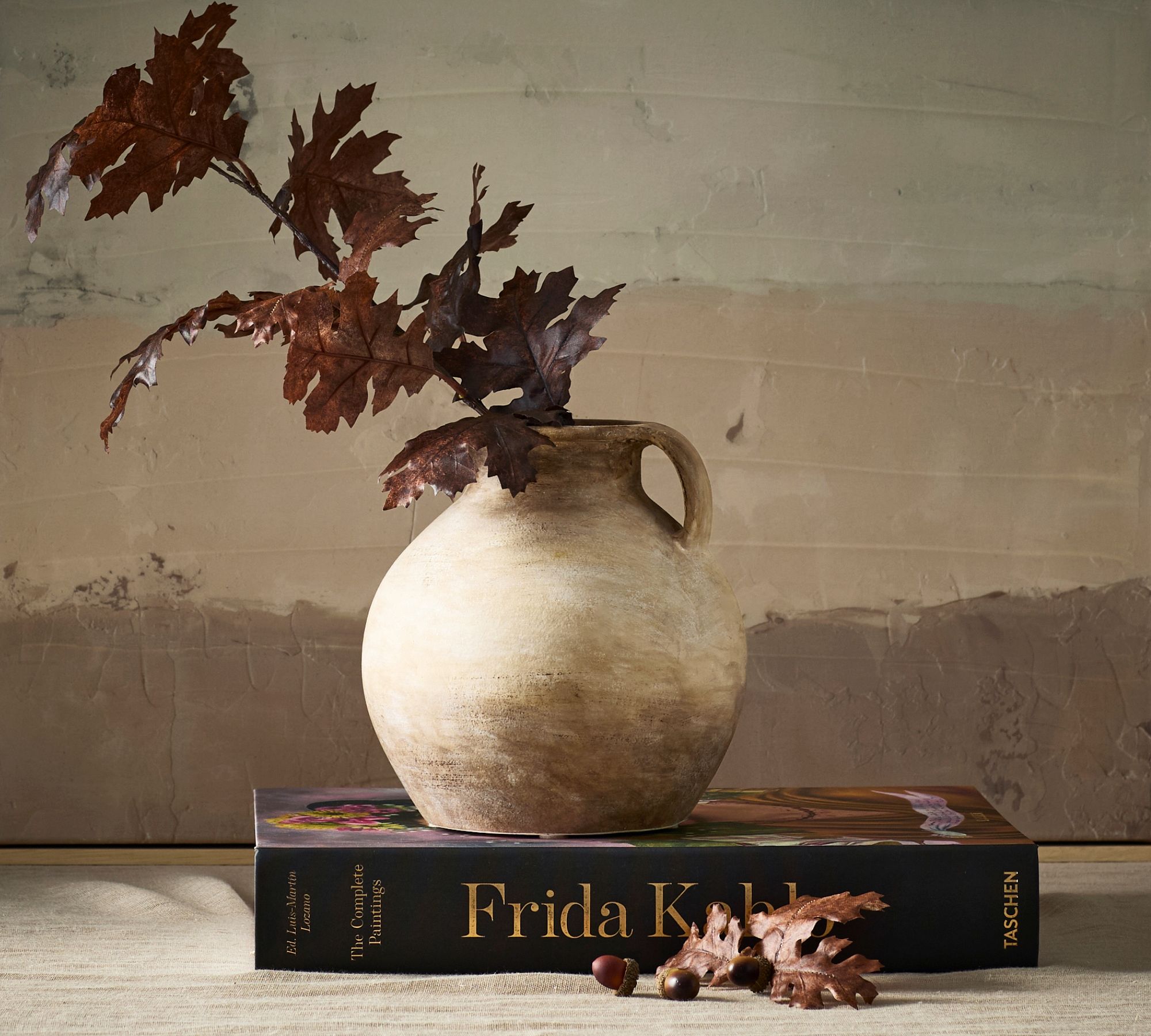
Real vs. Faux: How to Make Either Look Elevated
- Faux Stems: Cut wire cleanly and vary heights—uniformity screams “fake.” Bend joints gently so arc lines look organic. Dust monthly with a soft brush.
- Real Branches: Strip leaves below the waterline; recut stems at an angle; change water every two days. Avoid sap-heavy branches unless the interior of the vase can be rinsed easily.
- Hybrid: Mix one or two real pieces with high-quality faux. Your eye reads the whole as fresh.
The Pottery Barn Natural Weathered Jug Vase has enough presence to make even sparse arrangements feel curated, which is perfect for low-maintenance households.
Shop Pottery Barn Natural Weathered Jug Vase
Lighting & Shadow: Make the Patina Glow
Light is free styling. Place the jug where it catches side light—near a window or a table lamp with a warm (2700–3000K) bulb. Side light emphasizes texture; overhead light flattens it. On consoles, let a lamp sit opposite the jug so the stems cast a delicate shadow on the wall—it’s subtle drama that reads editorial in photos and cozy at night.
Surfaces & Neighbors: What Loves to Sit Beside a Weathered Jug
- Materials: Stoneware, raw ceramic, travertine, linen, matte glazed bowls. These friends echo the jug’s tactile feel.
- Shapes: Pair round with linear—rectangular books, a low oblong tray, or a tall slim candlestick.
- Finishes: If your room has lots of gloss (mirrors, lacquer), counter it with matte textiles (bouclé throw, wool runner) near the vase to restore balance.
Avoid crowding with too many vessels of similar height. Vary heights by at least 3–5 inches to keep the composition lively.
Care & Longevity: Keep It Beautiful for Years
- Dust: Weekly wipe with a soft, dry cloth; the textured finish hides light dust, but regular care preserves its depth.
- Water Use: If the vase is water-tight, rinse promptly after fresh stems to prevent mineral rings. For porous interiors, use a watertight liner insert or keep to dried/faux.
- Surface Protection: Cushion with felt dots or a linen runner on wood furniture.
- Stain Safety: Avoid oily botanicals that can leach; if in doubt, line the interior with a thin waterproof vase insert.
- Storage: When rotating décor, stuff the jug with acid-free paper and store in a breathable bag to protect the finish.
Troubleshooting: When the Arrangement Feels “Almost”
- Too stiff? Loosen the top line by pulling one branch higher and letting another droop slightly. Imperfection feels natural.
- Too busy? Remove one element and commit to a simpler palette—green + white, or green only.
- Competing with art? Lower the stems so the arrangement fills space without crossing the artwork’s focal zone.
- Reads dull in photos? Nudge the jug closer to the lamp for side-lit texture; add one lighter stem (silver dollar eucalyptus) to break up the mass.
Seasonal Rotations (Minimal Effort, Major Impact)
- Spring: Quince or cherry blossom branches; linen runner; pale ceramic dish.
- Summer: Olive or eucalyptus; swap books for a rattan box; plenty of breathing room.
- Autumn: Maple, dried oak leaves, or wheat; add a stone candleholder in rust or ochre.
- Winter: Cedar and pine with a single velvet ribbon at the neck; keep surrounding palette simple and textural (wool, bouclé).
Styling for Listings, Reels, and Portfolios
If you create content or list spaces online: shoot at 45° to show curve and depth; include one human element (a hand placing a branch) for scale; leave negative space around the jug so the eye rests. On video, capture a slow pan across the shadow line at golden hour—the patina sells itself.
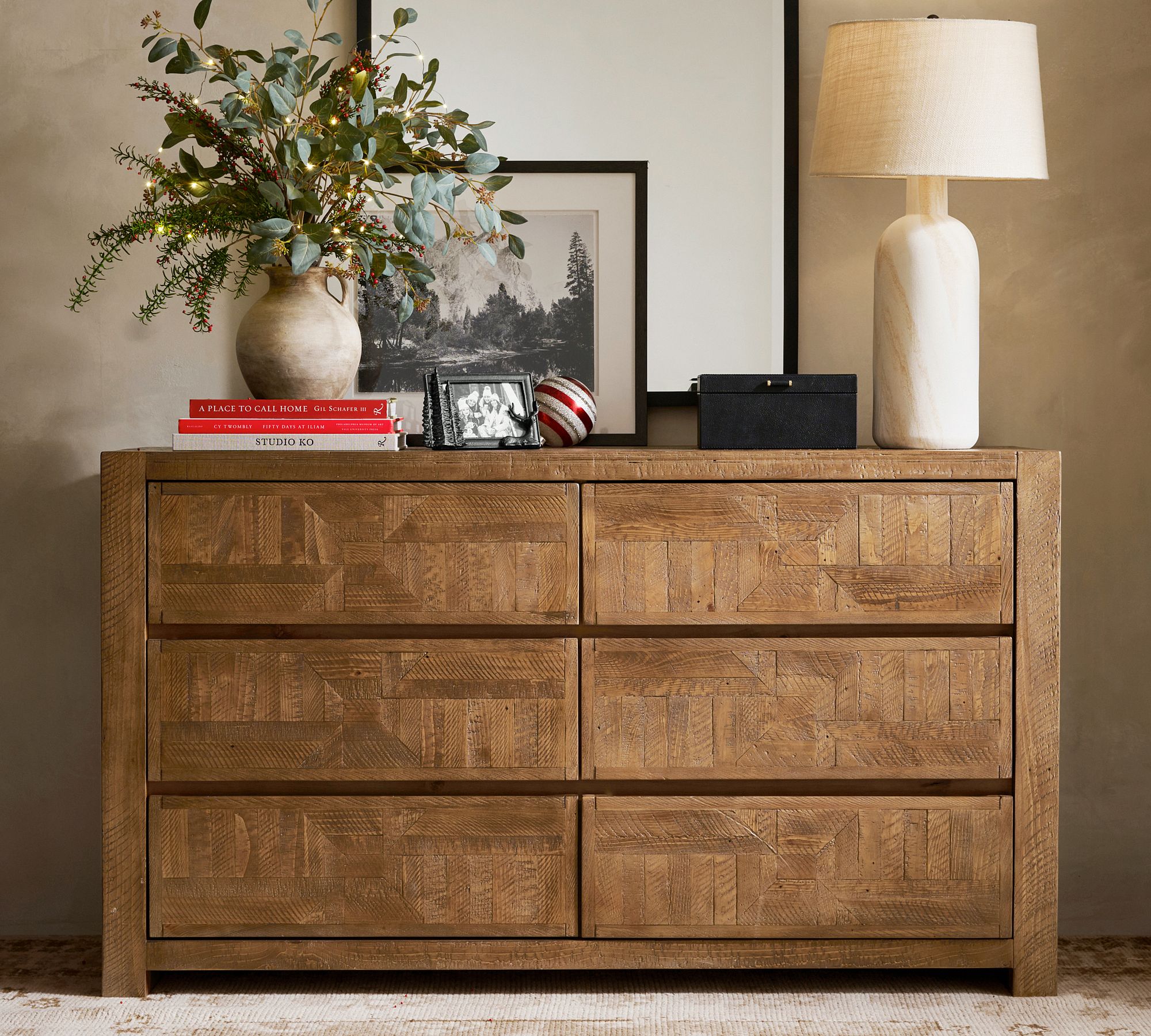
Conclusion
Great rooms are built on a few honest materials, useful silhouettes, and pieces with presence. The Pottery Barn Natural Weathered Jug Vase is one of those anchors: sculptural without being precious, neutral without being boring, and endlessly adaptable to the seasons. Treat it as your vignette’s foundation, honor proportion (the 2/3 rule is your friend), and let side light and texture do the heavy lifting. Whether it greets guests on an entry console, centers a dining table, or calms a busy mantel, this weathered jug doesn’t just decorate—it steadies the entire scene.
Shop Pottery Barn Natural Weathered Jug Vase
FAQ
- What should I put in the jug vase if I don’t want fresh flowers?
Branches (olive, magnolia, quince) or dried stems (pampas, preserved ruscus) give sculptural height with low maintenance. A greenery-only mix reads clean and timeless. - How tall should my stems be for good proportions?
Aim for 1× to 1.5× the vase’s height. Taller than that can look top-heavy unless you’re intentionally going dramatic in a tall room. - Can I place the vase near a sunny window?
Yes—side light enhances the patina. Avoid prolonged direct, hot sun on delicate dried stems; rotate placement seasonally if needed. - What finishes and materials pair best with a weathered jug?
Matte textures (stoneware, linen, travertine, wool) and warm woods. If your room has lots of gloss, balance it by adding a textured runner or boucle throw nearby. - How do I keep the jug from scratching my furniture?
Add felt pads under the base or rest it on a linen runner or tray—bonus points for visual layering. - Is the jug suitable for water and real branches?
If your piece is watertight, yes—refresh water every two days. If not, slip a water liner inside or stick to dried/faux stems. - What if my arrangement looks messy?
Edit down to one structural branch type and one filler; keep the color story to greens + one neutral bloom (white/cream). - How do I style it for a small space?
Use fewer, taller stems to draw the eye up, and keep neighbors minimal: one book stack and a small bowl are enough. - Will the jug work with modern décor, not just rustic?
Absolutely. The weathered finish adds softness to modern lines; pair with black steel, glass, and pale walls for a balanced look.

